Up Next

If tyre problems had not reared their ugly heads during the final three laps of the British Grand Prix, the procession up front would have continued to the chequered flag.
Given we’re back at the same circuit for another race with exactly the same format – bar a step change in tyre compounds – this weekend, those 49 dull laps were an ominous warning for this weekend’s 70th Anniversary Grand Prix.
So now is the time for the powers that be in Formula 1 to take this opportunity to “experiment”.
For this weekend’s second part of the Silverstone double-header, some small but significant changes can be made to see if F1 can find the right direction for 2021.
Otherwise, with the same cars carried over we are in the for the same results for 18 months.
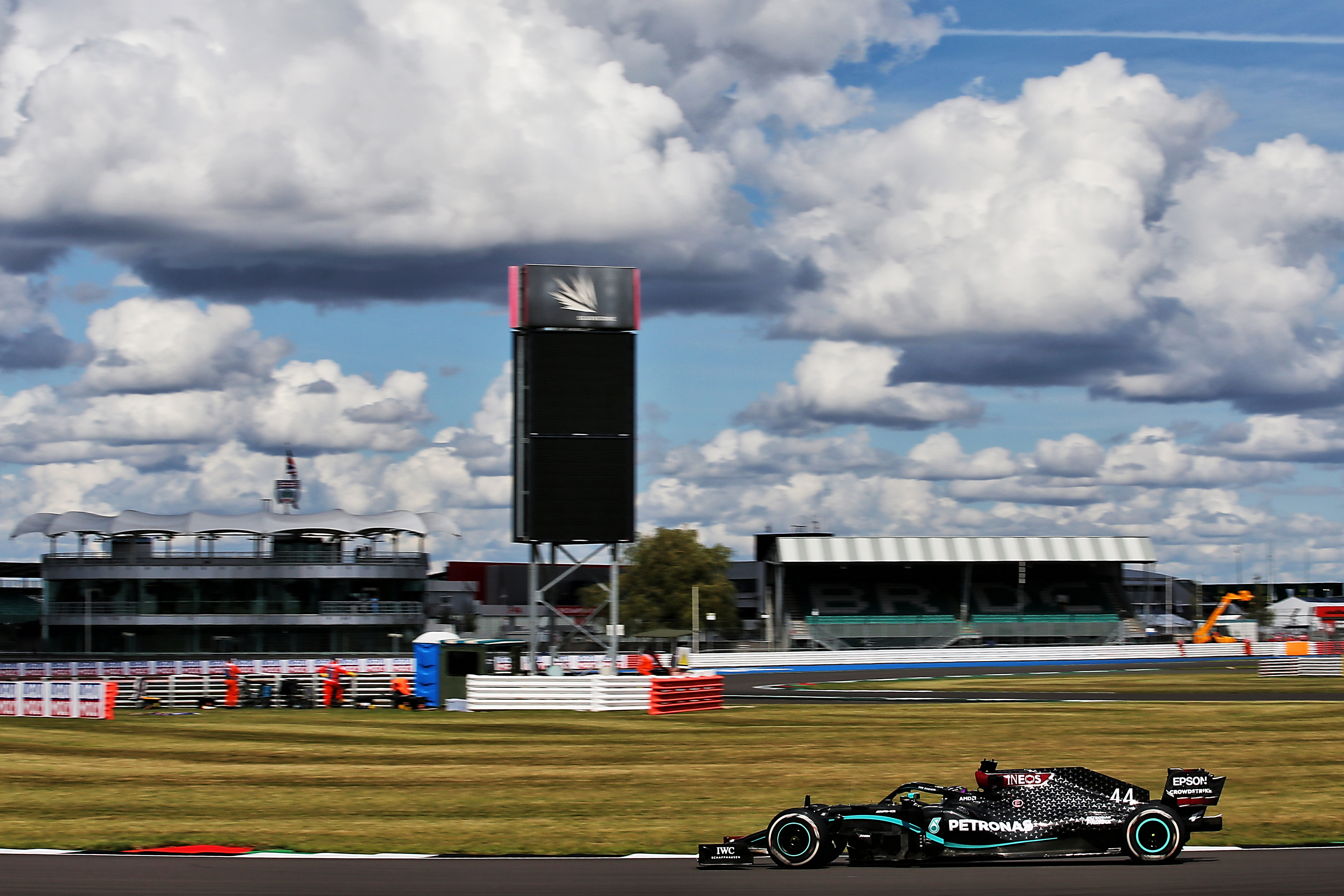
I am not a fan of any sort of handicapping system that aims to equalise the performance of any team. Mercedes has done a fantastic job for that last seven years and should be complemented for it.
All of the big manufactures have the same opportunity to design and manufacture the optimum engine package. As the independent teams use those power units, they should be able to build as competitive a package as the works teams. Currently, we have six Mercedes-powered, six Ferrari-powered, four Renault-powered and four Honda-powered cars.
For 2021, when McLaren move to Mercedes, that will change to eight Mercedes-powered and only two Renault-powered cars.
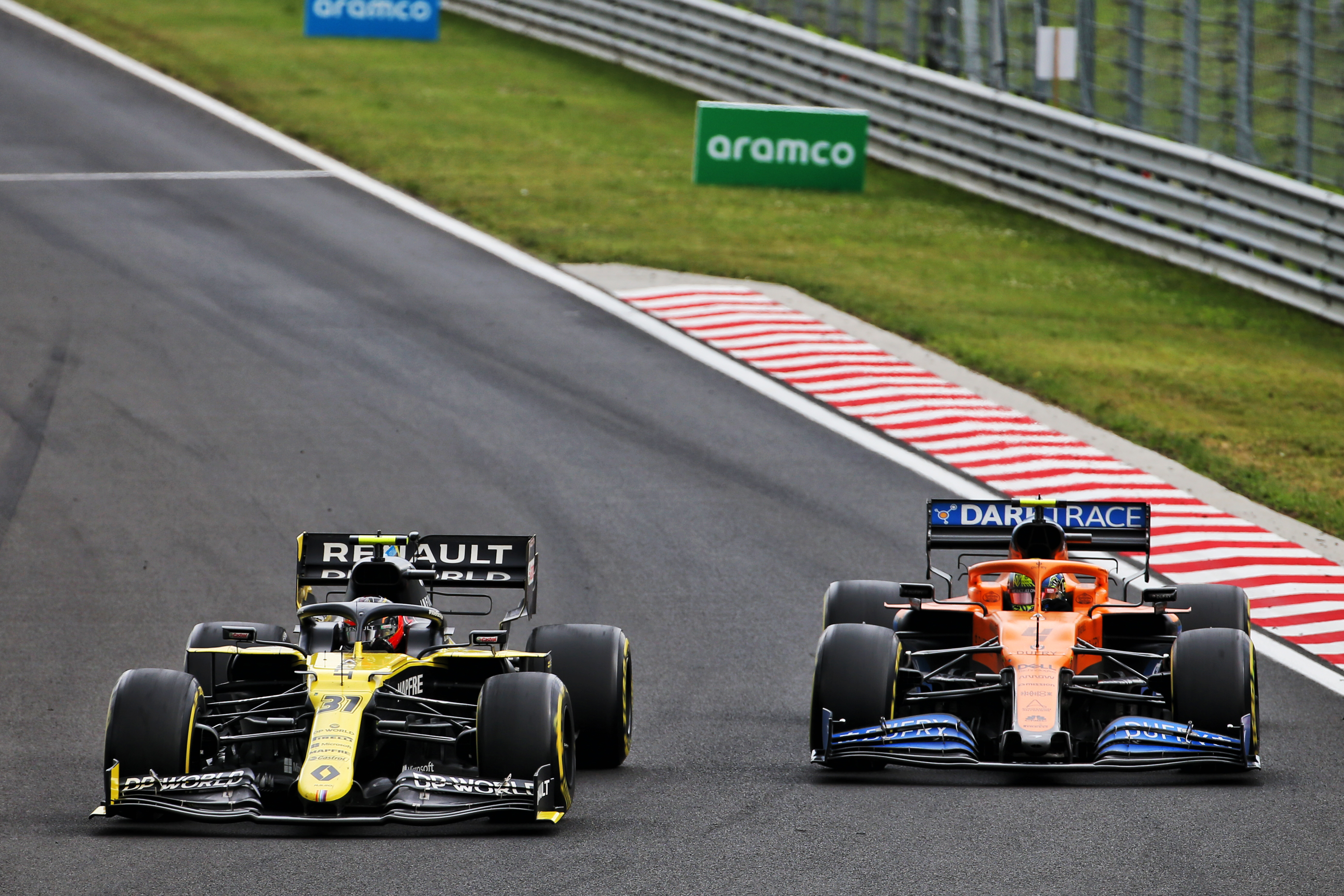
If Mercedes really does have an advantage, as most people believe, then with having eight out of the 20 cars using its engines means the others are in trouble even before the season starts.
There is much more to building a competitive package than just doing it and strapping the best power unit into it. All the teams want to be competitive and are doing their best within their own restrictions to achieve that.
So as we have what is a very different race schedule this season, everyone needs to look at what can be done to add just that little bit more spice to some of the races that are coming up and, more importantly, what could be done without too much opposition from the teams.
We have had many proposals put forward but none of them have happened because basically Mercedes doesn’t want to change what is, for it, a winning formula. The team knows if it can qualify at the front and is good on its tyres then that’s job done unless something out of the norm happens.
But in the interests of F1, Mercedes needs to look at the bigger picture.
My suggestions for immediate changes would be:
1. No more qualifying engine modes
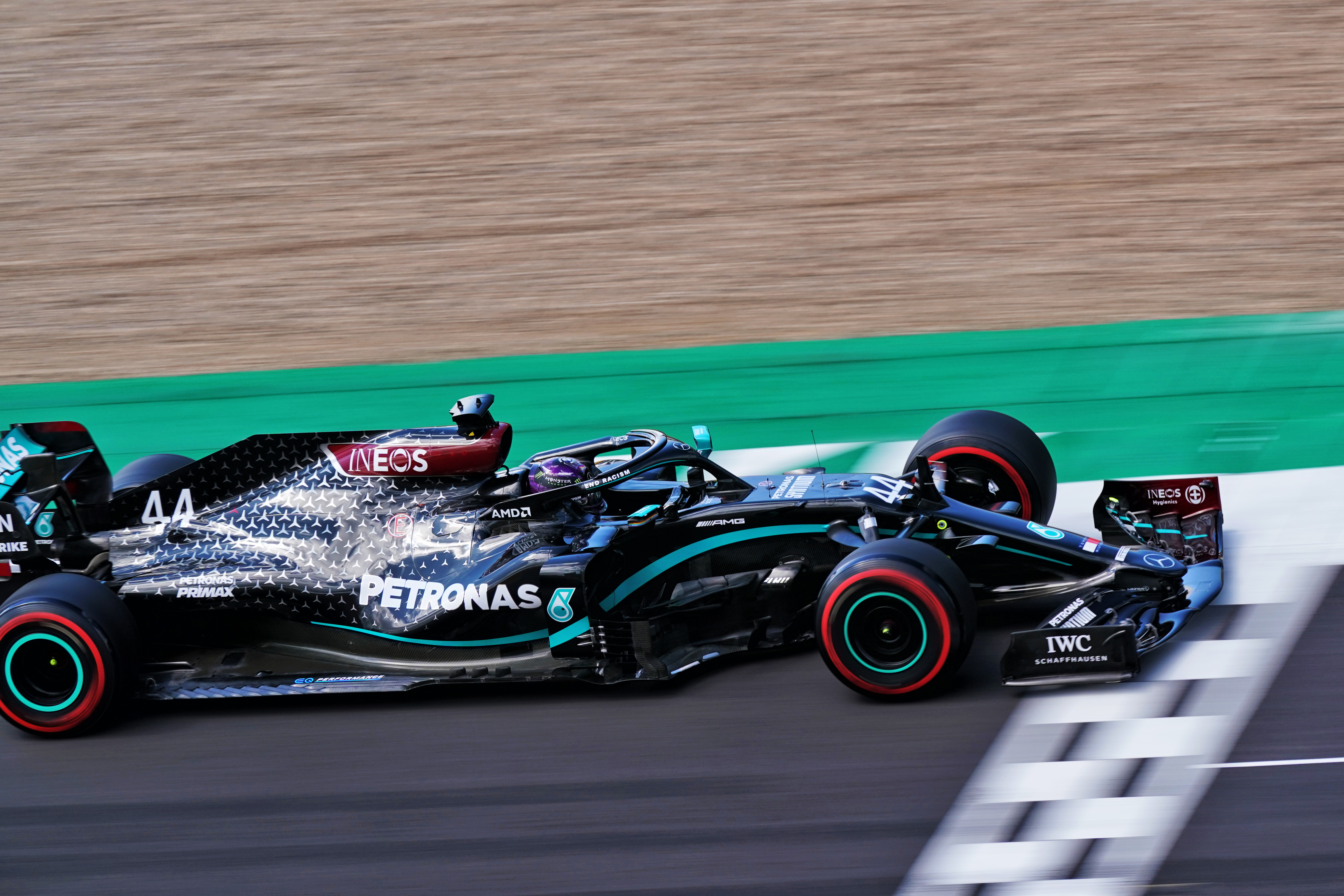
Changes to the engine power/torque/throttle maps from when the car leaves the pits for the first time in qualifying until the race finishes are not allowed.
Only two power/torque/throttle maps are allowed, one for the dry and one for the wet, which could only be used in conjunction with all other wet requirements such as the rain light, wet tyre diameters etc.
I know this could very easily be seen as a bigger hit for Mercedes than Ferrari, Renault or Honda and it probably is.
But I believe we want to see the steps in performance that the drivers can come up with heading into Q3 when push comes to shove.
Altering dials on the steering wheel is invisible to everyone, but suddenly some cars find upwards of a second. Very few of us want pole position to be only about what level of power an engine manufacturer can squeeze out of its units for one lap of qualifying.
2. Limit data use
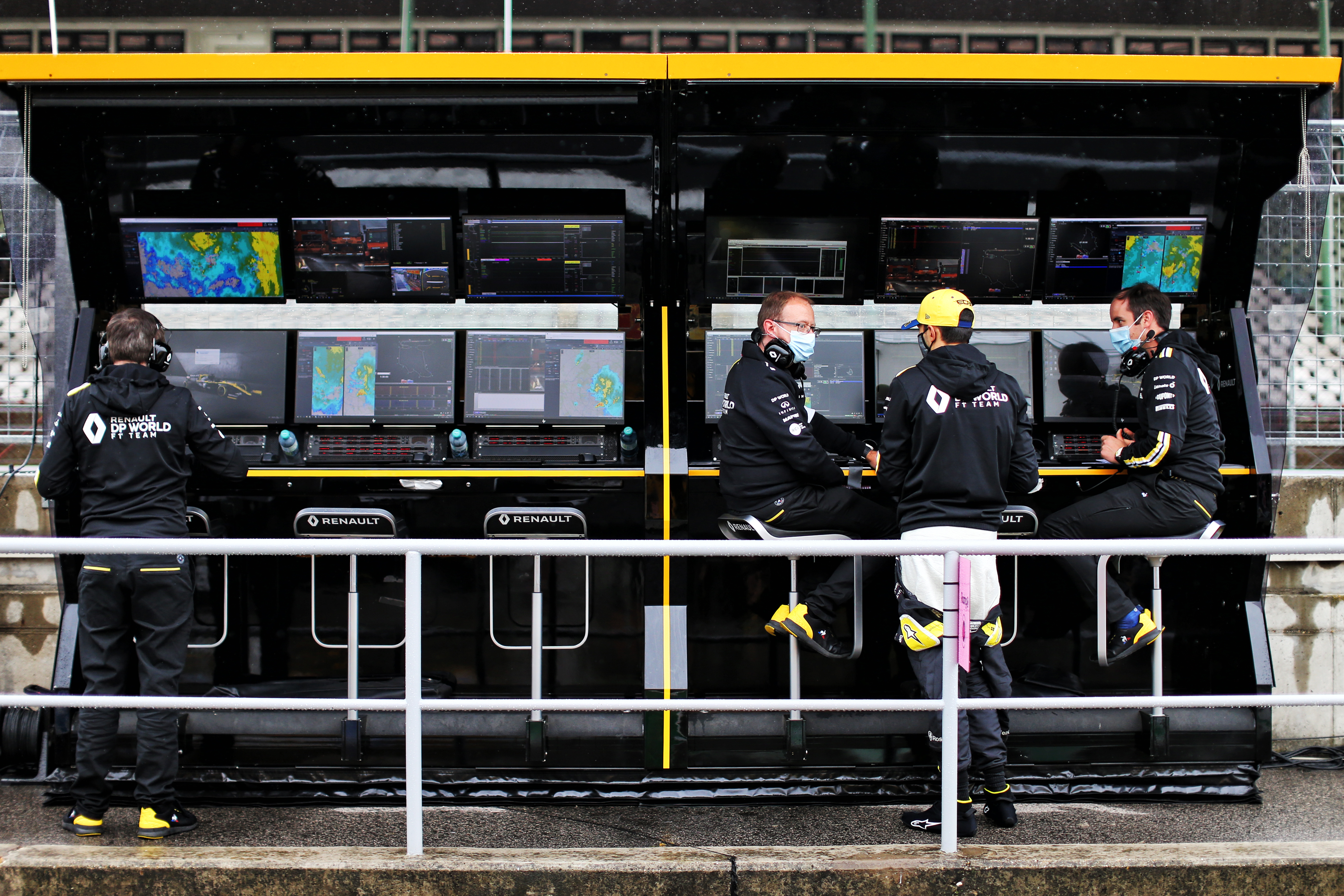
Data should be restricted to the minimum amount of channels that are required to reliably run the car. I would suggest each team nominates the 10 data channels it would like and then these are all averaged out across the teams’ requests.
From that, the FIA can come up with the same 10 data channels that each team can access in real time. The rest is put away in the black box until the chequered flag falls.
All of this data is invisible to the viewers and spectators (when we get some) but it is what improves the car’s performance. We want to hear the driver and engineer engaged in conversation about the car’s handling, we want the driver and their engineer to bring more to the show, we don’t want the car performance to be dictated by 20 engineers sitting in a cool air conditioned office somewhere on the other side of the world.
3. Outlaw DRS in qualifying
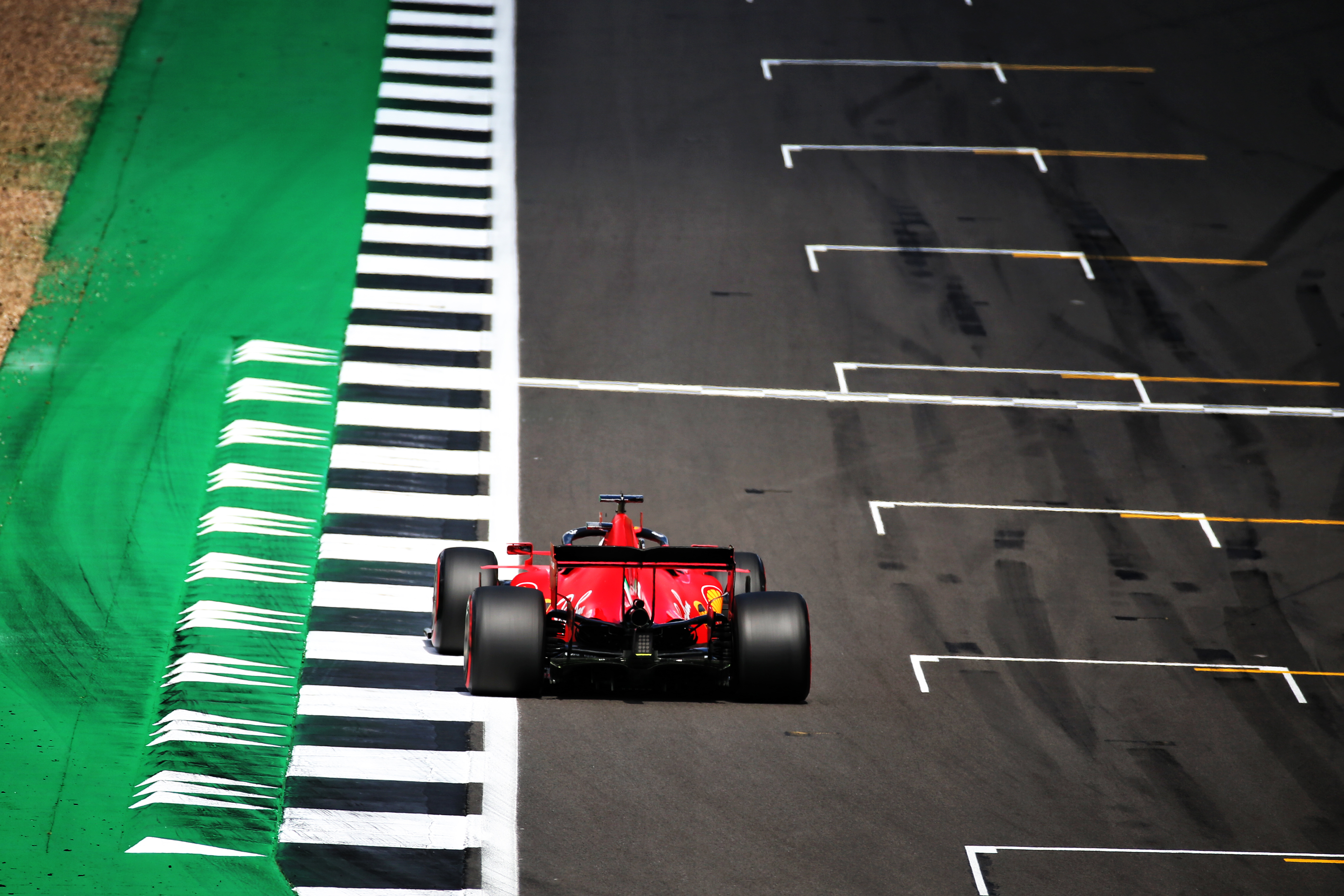
After all, DRS was conceived as an overtaking tool. In qualifying, drivers pootle around to the startline searching for a gap so they don’t get in the turbulence of any other cars.
This would mean that the choice of downforce levels would become much more critical. At the moment, teams can use more downforce than is ideal for qualifying because the use of DRS in qualifying allows them to achieve the extra top speed that improves their lap time while still having the downforce in the corners to get their tyres working quickly and get the best from them over that one lap.
Then, if you have qualified on the front row, you can use that extra downforce to protect your tyres. With no or very little traffic in front of you, you don’t have the turbulence to contend with so, as we see so often, the front two disappear off into the distance.
4. No more cruising in qualifying

Stop this pootling around before someone gets hurt. It is very simple to do by introducing maximum sector times. Use the fastest sector times set in practice three for the reference.
As example rough section times at Silverstone were:
S1 = 27.436s
S2 = 34.234s
S3 = 23.301s
Total lap time = 1m24.971s
Multiply those by a factor, say 1.07, and then the maximum section time would become:
S1 = 29.356s
S2 = 36.630s
S3 = 24.932s
Total lap time = 1m30.918s
This gives a six-second window over the lap but it needs to be done in section times to stop the drivers cruising around the last corner. At circuits like Silverstone it’s OK because it’s so open, but somewhere like the Red Bull Ring it’s downright dangerous.
I have used the 1.07 factor because it relates to the 107% rule that exists, but this could be anything. This would dramatically reduce the ability for the cars to more or less stop before they start their fast laps and it would also reduce the cars running slowly on the racing line to cool their tyres.
I know these suggestions would need the i’s dotted and the t’s crossed, but they are simple and could easily be done for the second Silverstone race.
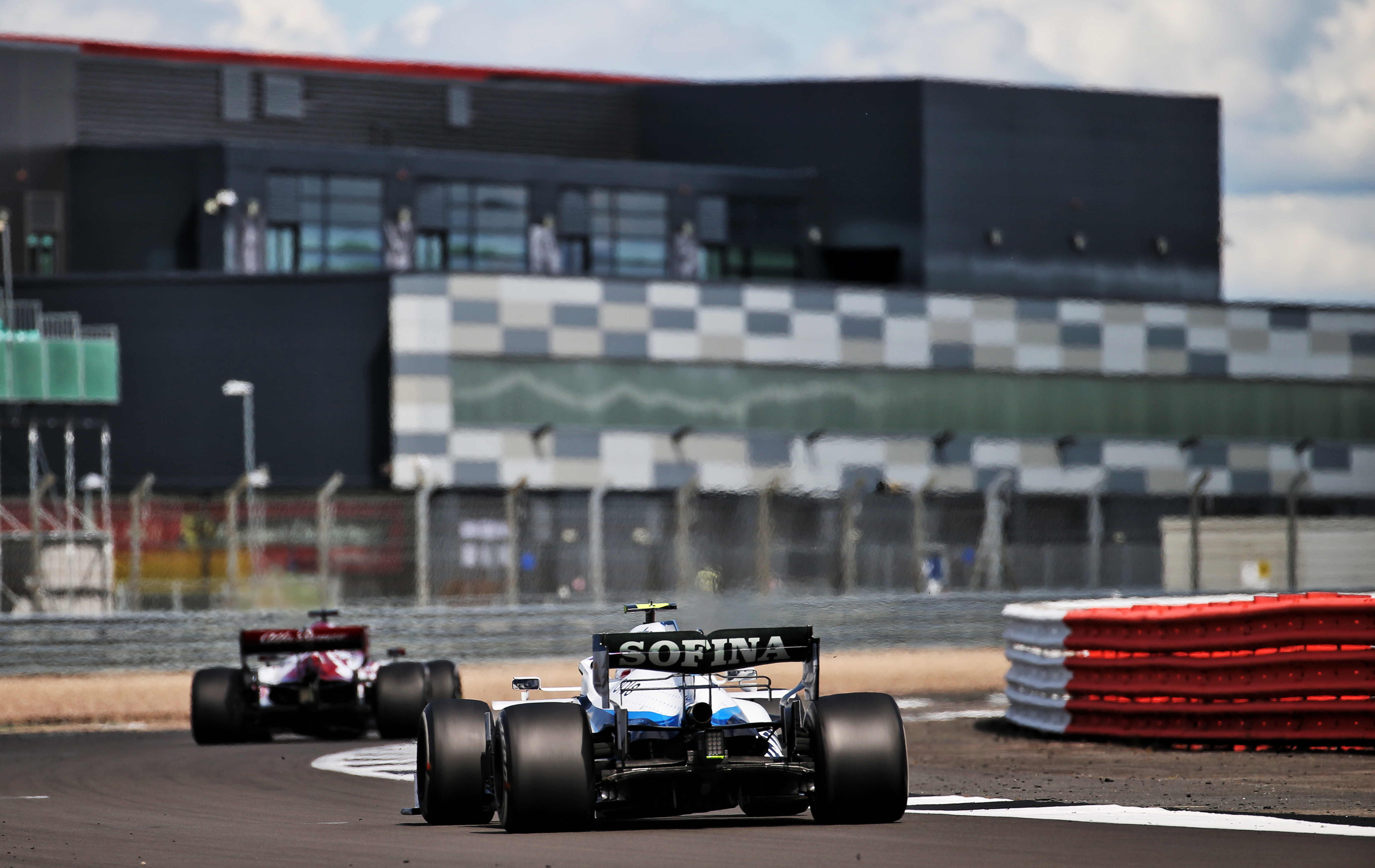
If you read the regulations closely enough, there are legitimate reasons for the governing body to just implement these changes so why not? It would also be interesting to see which of the teams shouts loudest and which of them says, ‘OK let’s give it a shot’.
Add those changes to the maximum tyre lap usage that I have proposed in my tyre column, and at least we will introduce something different to push the teams into a slightly different way of thinking.
It might not do anything but at least it will show that F1 is willing to experiment to find solutions to a more exciting race event.
If everything is left the same, the end result will be more or less the same. A shift in one stage of tyre compound will do absolutely nothing to the end result other than if they start deflating mid-race as opposed to on the last couple of laps.





